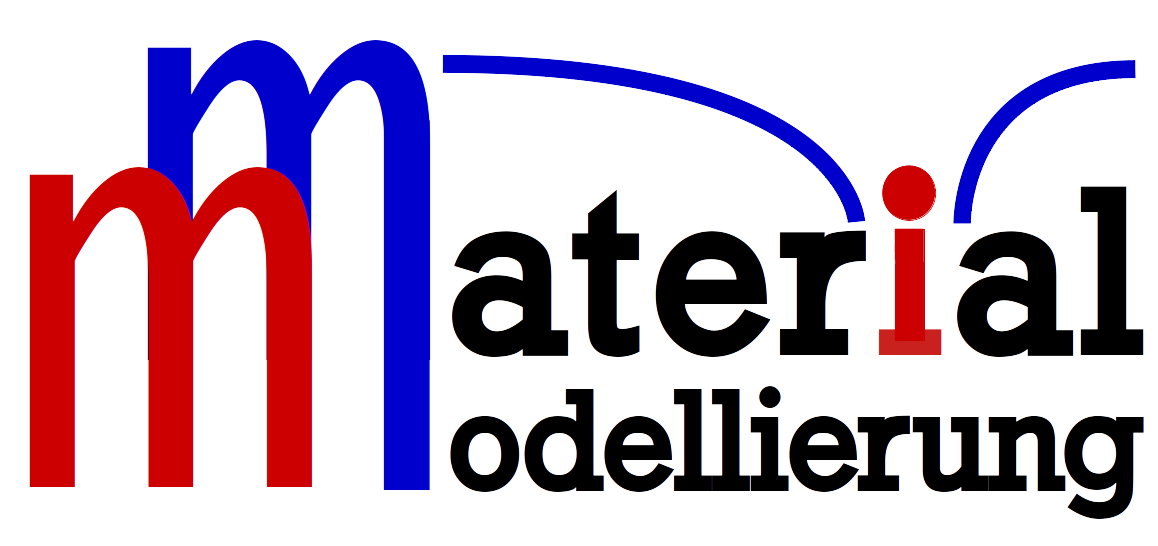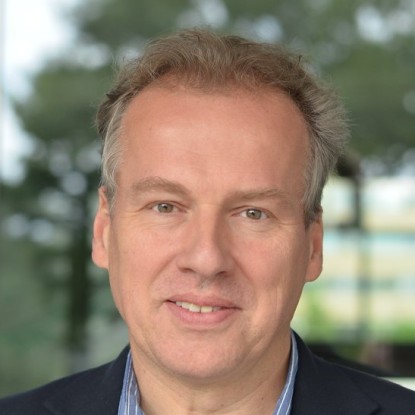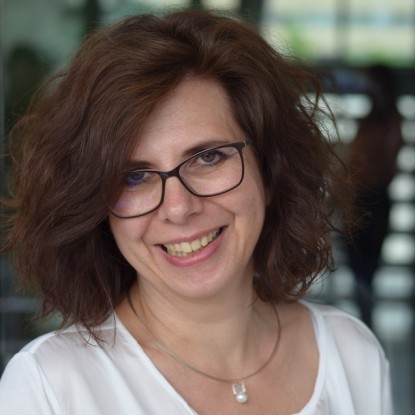-
![]()
![]()
Apl. Prof. em. Yuri Genenko and Prof. em. Hermann Rauh published the book Electromagnetics
2025/02/03
The Department of Materials Modelling congratulates on the publication of the book
Learn how the redistribution of transport current in superconductors with paramagnetic shields not only enables supercritical states, but also significantly reduces AC losses in thin superconductor films and tubes.
-
![]()
![]()
Within one month further dissertation in the field of Materials Modelling!
2024/10/02
Congratulation to Niklas Leimeroth
-
![]()
![]()
25-year anniversary of service
2024/09/03
We congratulate Apl. Prof. Dr Yuri Genenko
You have been at TU Darmstadt for a quarter of a century! We are proud of you and congratulate you on your 25th anniversary. You are a great, competent and young-at-heart colleague. We are happy to have you in our team and raise a glass to you together.
-
![]()
![]()
Dissertation summa cum laude
2024/09/03
Congratulations to Linus Erhard !
Linus Erhard defended his doctoral thesis entitled “Atomistic Modelling of Structure Formation and Phase Transitions in Si-Ox Compounds using Machine-Learning Interatomic Potentials” with summa cum laude in a public event on Monday, September 2nd, 2024. Congratulations Linus! We would like to take this opportunity to thank you not only for the wonderful celebrations afterwards, but also for the good cooperation so far. We are pleased that Linus will stay with us for at least the next few months.
-
![]()
![]()
Excellent doctoral thesis
2023/08/06
Congratulations to Lorenzo Villa!
Lorenzo Villa successfully defended his doctoral thesis entitled “Impact of doping conditions on the Fermi level in lead-free antiferroelectrics“ in a public event on Wed, July 26th. Congratulations Lorenzo ! The next day, after an “italian” Pizza-party, he was ready to continue work his in CRC Flair !
-
![]()
![]()
Jerky dislocation motion in high-entropy alloys
2023/08/06
Members of MM division and MPIE reveal the origin
Atomistic computer simulations reproduce the jerky dislocation motion with repeated pinning in random samples without short-range order.The underlying mechanism is directly linked to local fluctuations in Peierls (force/friction) barriers, which lead to dislocation pinning points. The quantification of atomic frictional forces provides predictive design guidelines to tailor dislocation pinning in HEAs.
-
![]()
![]()
Vanadium dopants in indium sulfide
2023/08/06
Intermediate band solar cells?
Intermediate band solar cells offer a way to exceed the Shockley-Queisser limit for a cell's efficiency. To do this, an interband energy level is introduced between the valence and conduction bands. Our recent study shows that vanadium forms an intermediate empty band in alpha-indium sulfide at low concentrations.
-
![]()
![]()
Role of doping and defect quenching in antiferroelectric NaNbO3 from first principles
2022/10/07
Revealing the impact of defects on anti-ferroelectric loops
We present a method which allows to solve the charge neutrality condition while accounting for defect quenching and fixed dopant concentrations, without neglecting the dependency of their charge state on electron chemical potential and temperature.
-
![]()
![]()
Intrinsic defects in cubic NaNbO3
2022/07/28
Fermi level engineering of antiferroelectrics
Antiferroelectric NaNbO3 is a candidate material for application in high-energy density dielectric capacitors. In this context, various doping strategies have been used for installing the desired narrow double P–E loop behavior in this lead-free material. However, controlled doping requires a detailed understanding of the type and population of intrinsic defects.
-
![]()
![]()
Modelling of Quartz
2022/07/28
A machine-learned interatomic potential for silica and its relation to empirical models
Silica (SiO2) is an abundant material with a wide range of applications. Despite much progress, the atomistic modelling of the different forms of silica has remained a challenge. Here we show that by combining density-functional theory at the SCAN functional level with machine-learning-based interatomic potential fitting, a range of condensed phases of silica can be accurately described.
FG Materialmodellierung
Archive
Archive
























